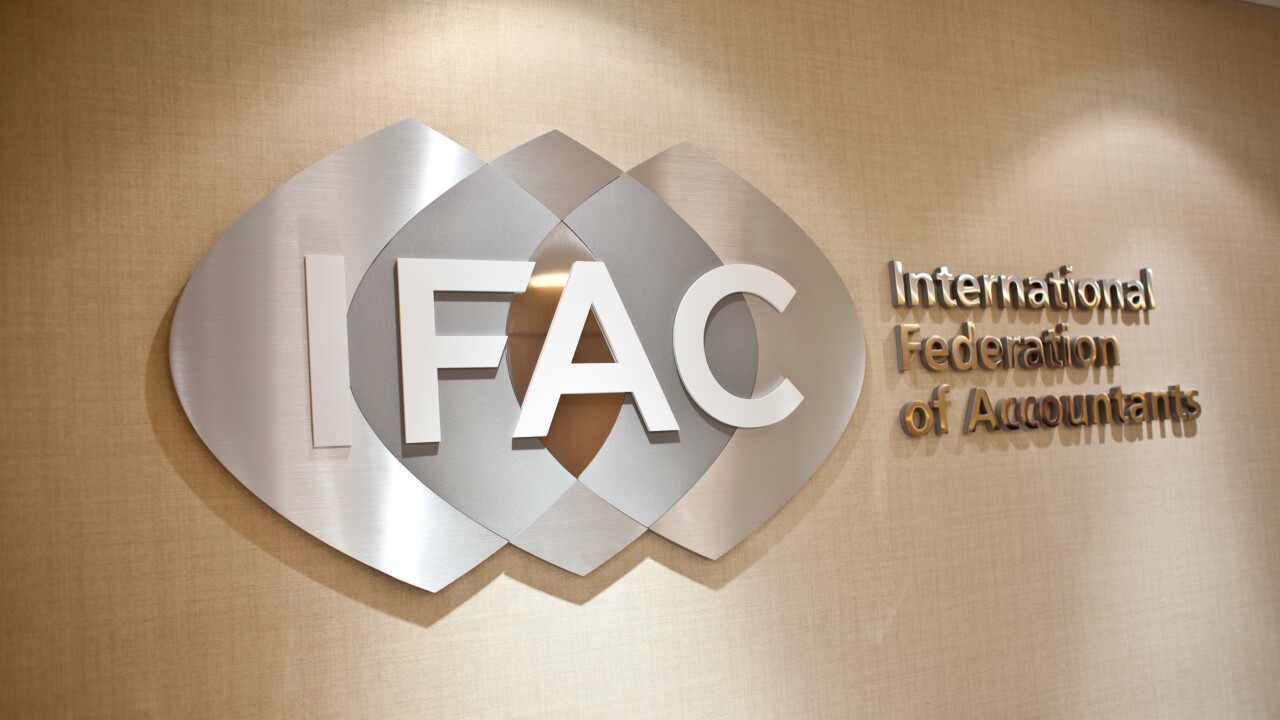It sounds like a car crash or yoga position. Or maybe a figure skating element.
In fact, a reverse rollover is a lesser-known tax strategy to boost long-term savings — and it’s getting a fresh look from some financial advisors amid tighter rules on inherited retirement plans.
The technique is a twist on a familiar move that arises when workers get a job at a new company. New employees typically do one of two things with their old company-sponsored 401(k): They roll it into their new employer’s plan, thus keeping their retirement nest egg in one place and, if the new plan has lower fees and expenses, increasing their potential upside. Or they roll it into an individual retirement account (IRA), a move that opens up investment choices beyond the limited menus of workplace plans.
A reverse rollover goes in the opposite direction of that second trajectory. The saver takes money in a traditional IRA and rolls it into her company-sponsored 401(k).
IRS rules governing the strategy are complex, and not all company retirement plans allow one. Investors may be less likely to know about the technique in part because it involves their financial advisor relinquishing control of fee-earning dollars.
“Reverse rollovers are underutilized because advisors obviously don’t want to give up those assets,” said Laila Pence, the president of Pence Wealth Management in Newport Beach, California.
The strategy has three tax benefits, including one that can leave heirs with more money by maximizing the impact of a Roth account. A Roth holds dollars on which taxes have already been paid, so its contributions and earnings grow tax-free. Savers can make tax- and penalty-free withdrawals when they reach age 59 ½ and have held the account for at least five years.
'The main advantage'
Here’s how the strategy can add financial oomph to a conversion.
The first step involves a company retirement plan that allows after-tax contributions. The IRS caps those at $61,000 ($67,500 if age 50 or older) a year — the numbers cover the collective total from both the employee and the company. When that 401(k) is converted to a Roth, taxes on the gains are paid upfront, but future earnings and withdrawals are tax-free.
The second step involves an IRA with some dollars on which taxes haven’t been paid and other dollars on which they have already been paid. Retirement savers can’t cherry pick which monies — pre-tax or after-tax — they want to convert to a Roth. Instead, an IRA with both buckets of dollars gets hit by the IRS’s
Under the tax code, only money on which taxes have not been paid can be moved from a traditional IRA into a 401(k). The beauty of that restriction is that any after-tax dollars that have to stay in an IRA can be converted into a tax-free Roth account without creating an upfront tax bill on the conversion.
Justin Pritchard, a certified financial planner at Approach Financial Planning in Montrose, Colorado, said that the “ideal candidate” for a reverse rollover is “someone who wants to do a backdoor Roth, has a good 401(k) but has pre-tax money out there that needs to get cleaned up.” He added that the strategy is good for people "who don't want to leave as big of an IRA" to their heirs.
The second tax benefit of the strategy is for people who are still working later in life. By reverse rolling an IRA into a 401(k), a saver doesn’t have to take required minimum distributions (RMDs) from that tax-deferred account. That means it has more time to appreciate. Pence called that benefit “the main advantage” of a reverse rollover.
A third benefit concerns heirs. A 2019 law overhauled the way tax-deferred retirement accounts can be passed on. Now, beneficiaries to IRAs and 401(k)s who aren’t spouses, disabled, chronically ill, minor children or more than 10 years younger than the owner must
The 10-year rule creates a tax hit for heirs to traditional plans but not for beneficiaries of Roths, whose withdrawals are tax-free. So a reverse rollover that moves pre-tax money out of an IRA and then converts what’s left in a Roth sets up heirs to feel less of a tax sting.
“It’s loophole,” Pritchard said.
But reverse rollovers can have drawbacks.
“Most people who work with an advisor are more interested in consolidating accounts than in rolling money back into a 401(k),” said Carol Hoffman, a financial planner with Sage Wealth Partners in Poulsbo, Washington.
She added that shifting money from an IRA that can invest in scores of stocks and funds into a 401(k)’s menu of choices typically means “giving up investment options.”








